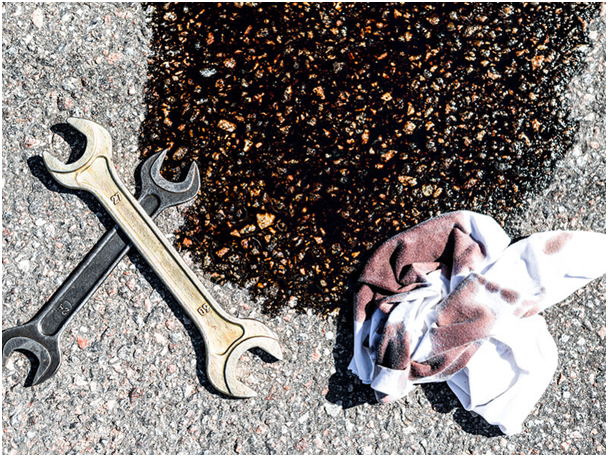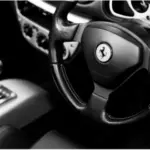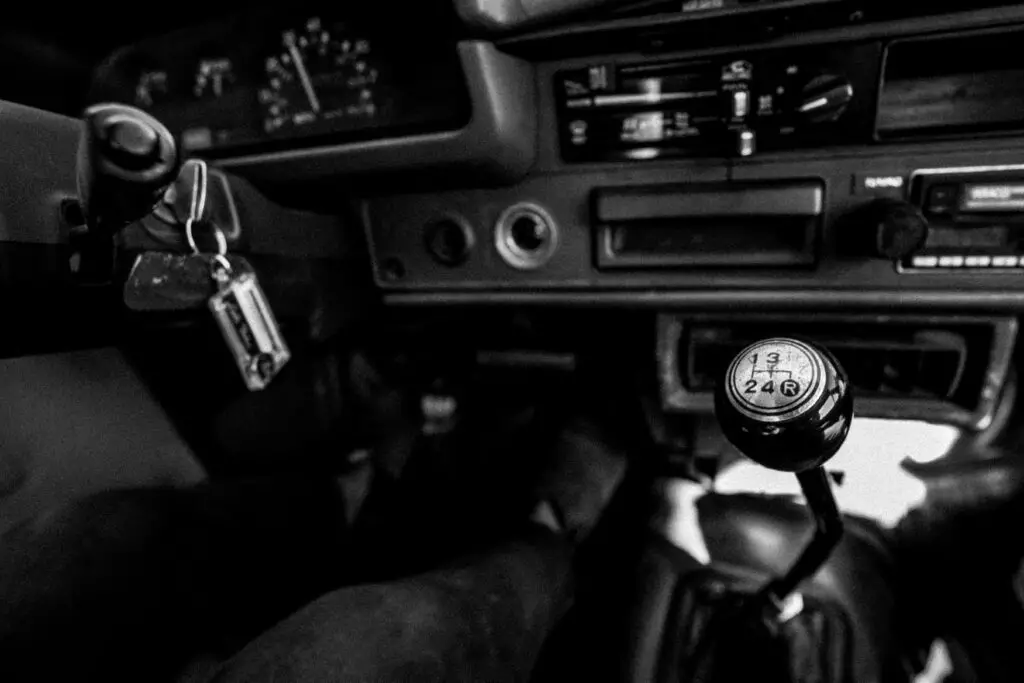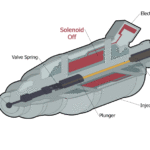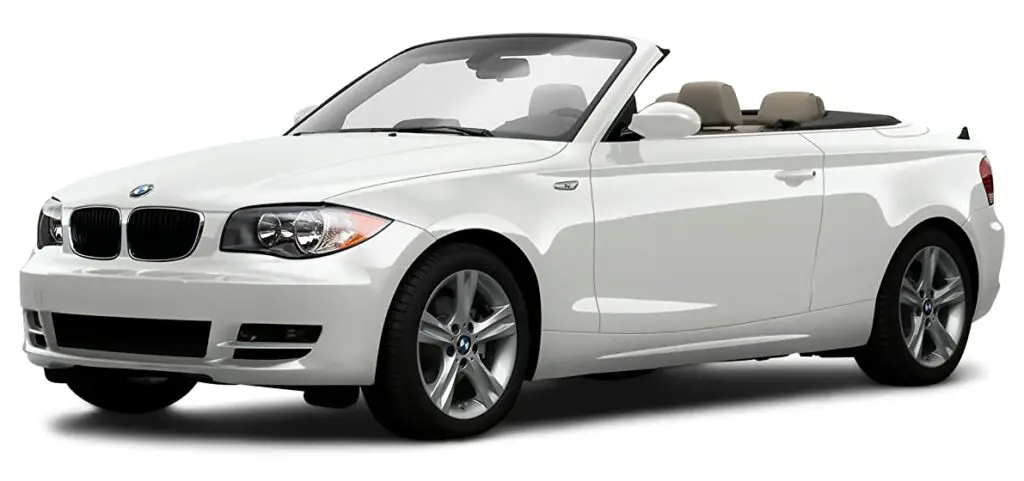When you are on the verge of purchasing a used car, there are a number of things you need to examine. Key among them is the state of the engine, simply because engine issues are difficult and often very expensive to repair compared to other aspects of the car.
It is important to remember that the condition of a used car and the way the previous owner took care of it is just as important as the fit and features it had when it was new. While you might still be unsure if the car is mechanically in top condition without a mechanic advising you and taking it on a test drive, you can also know when it is not okay – and additional minor issues it may have.
If you are buying your first car, such as the one you may see on motorbeast.org, and it is a used one, or you might not be sure on the engine parts to look at, read on – this article will hopefully help you to get the right car that fits your needs.

Service Records
While service records may not always be available for every car, it will always help if the person selling the car or the dealership has some written records to prove that the previous owner was servicing the car on a regular basis. If you can access the records of servicing, always look at the mileage records and the oil changes, as well as their frequency.
The more regular the servicing was done, the better it is for you as a buyer. Depending on manufacturers of different car models, the recommended changes of oil will vary from a mileage record of 3,750 until about 10,000 miles. If the oil changes are less frequent and the car is still being driven, then chances are that the engine is worn out.
Other than that, it is also good to know if the car’s timing belts (if it has them) have been changed, as well as any other maintenance that have been performed.
Look Under the Car’s Hood
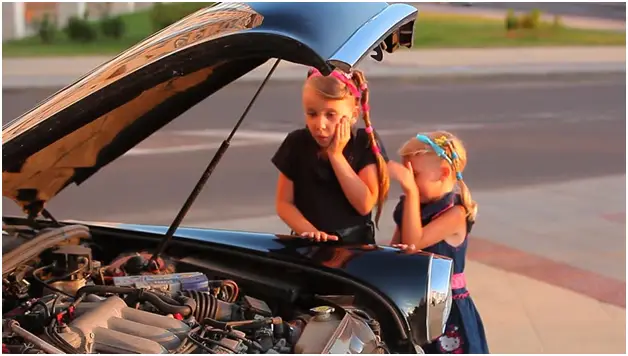
The hood will reveal a lot of things about the engine, which are very important to note when you are purchasing a used car. However, before checking it, ensure that you switch off the engine first. In addition to switching it off, ensure the transmission is in ‘Park’ mode, and you apply the parking brake.
The main thing you are looking for here is if there are any leaks, smells of antifreeze or burnt oil, presence of ‘racing’ modifications, or signs of lack of maintenance or poor quality repairing.
Note that the dealers will often attempt to spruce up the engine by shampooing it before showing it to you – but just because the engine looks shiny and new, it does not mean it is in the best shape. Some examples include:
Also Read:
- How Jet Engine Works? Easiest Explanation Ever
- What are the Main Parts of an Automobile Engine?
- What is Magneto Ignition System and How It Works?
Burnt Oil Smells
If the car you plan to purchase smells like burnt rubber or oil, that’s not a good sign. When you take out the car for a test drive, the signs will begin to show if the oil is burnt. If this is the case, it is always a sign of oil leaks.
The problem is, repairing oil leaks is quite expensive. When the car increases its mileage, the cylinders and piston rings begin to wear out, and this results in more gases from the blow-by process to enter the cranking case and increase the pressure inside it. This eventually forces the oil out through various gaskets and seals, as well as the crankcase ventilation (PCV) system.
This condition is more prevalent for the turbo engine types, but it is still a bad idea to take on a car with this condition. Any engine in good condition is not going to have leaks.
Visible Leaks of Oil
It may not always be visible to spot oil leaks under the hood, but the trick here is to examine from underneath. To do this, use your phone to take a video or photo, and then check the lower parts of the transmissions and engine.
If the engine is in good condition, all the parts need to be dry – if there is any moisture, then that is a sign of oil leaks.
Other Leaks and the Coolant
The car might be operating just fine, but then you notice the radiator leaking coolant. That is a sign that the car requires a new radiator, but the cause might be due to a more serious problem like a cracked radiator. If the coolant is leaking, it is always best to avoid a car with this type of problem.
Also Read:
- How Power Steering System Works? – Best Explanation
- What is Hydraulic Braking System and How It Works?
- Torque Converter Working, Principle, Main Parts and Application.
Dirty oil
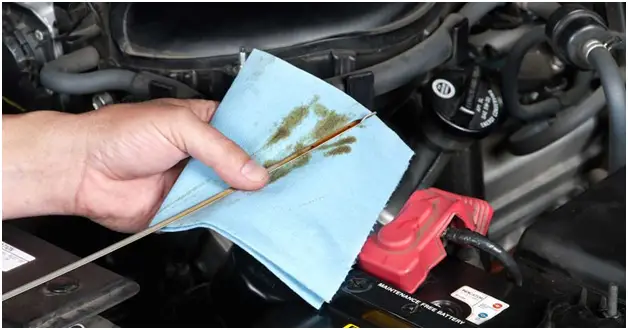
When you use a dipstick to check the condition of the oil, this can tell you plenty of information. In order to check the oil, the engine first needs to be off, and set the car in parking mode and let the car cool off – this is because some engine parts can be hot.
The manual of the car will have the directions to help you check the engine oil. If the oil level is lower than the recommended level, then it means that oil changes are infrequent, or the engine is consuming the oil. This is dangerous for the engine because the parts will wear out faster when oil levels are insufficient.
If the oil is dirty (again, the manual will give you an indication of how the engine oil is supposed to look like), then it is a sign of infrequent maintenance, or that the oil has mixed with coolant.
The normal oil level must always be close to ‘full’. Therefore, if the oil levels are too low, there is no oil, or there are signs of coolant and oil mixing together, avoid the car entirely.
Check Under the Oil Cap
When it comes to checking under the oil cap, leave this task to a mechanic if you do not know how to do it yourself. Do it always when the parking brake is applied and switch off the engine, then remove the filler cap of the oil compartment. Take care when removing it though, as it may be hot – so use a rag or towel to remove the cap.
Use a flashlight to examine under it, and see what the condition is. It is also possible to see the internal parts of some engines.
Conclusion
The checking of an engine and its parts is very important before buying the car, and you should take some time to do so. You should also call in an independent mechanic to examine what you may be unsure about.

